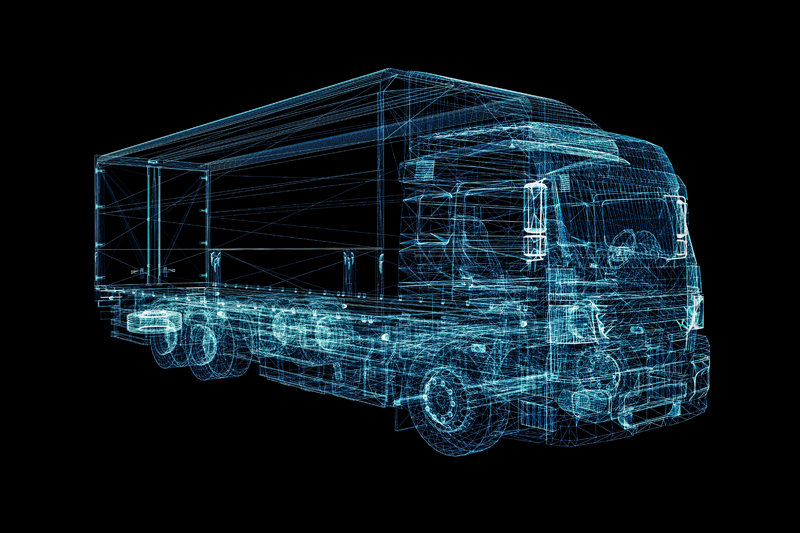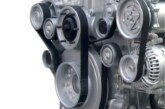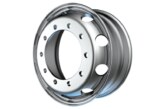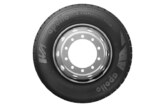How will Interactive Technology and Artificial Intelligence shape a new reality for the automotive aftermarket? AutoMate’s Harrison Boudakin reports.
It’s just like every other job you’ve ever completed in the workshop – vehicle up on the lift, tools in hand and a torch to light the undercarriage, you wrench at some fasteners and gently prize a metal bracket from its housing. Just another task to complete – and another satisfied customer by the end of the day.
Or is it? Because what if I told you that this sequence of events didn’t really happen? What if I told you that everything I just described was an illusion; a 3D, interactive, immersive training animation, played out inside a VR headset with ‘smart’ electronic training tools? Sounds like science fiction – but here’s the thing: if you’re a production line technician in Mercedes’ Smart factory in Germany, using Virtual Reality headsets to train on the latest equipment and tools, this ‘workshop of the future’ scenario probably doesn’t seem so far-fetched.
As we power through this decade’s intense digital revolution of ‘things’, this is the new reality descending upon the automotive sector. Everything – be it how we train, how we connect with customers, or how we interact with vehicles – is being forced across a new digital Rubicon. Therefore, if we are to look towards the future with confidence as an industry, having a firm grasp of the remarkable pace of change is crucial.
As the novelist Warren Ellis once said, “The future sneaks up on us, in the fringes of daily life.” This is an immensely true statement to apply to the world the automotive aftermarket currently operates in. Stop and think about it for a minute. Ten years ago, would you have guessed that the iPhone would become such a powerful shaper of how people live their lives and do business? Probably not. Yet today, everyone has a smartphone and uses it almost constantly. With that in mind, ask yourself this: in those same 10 years, have you taken advantage of the opportunities created by the fact that everyone now has an interactive, commerce, lifestyle and communication device in their pocket?
Now, that’s just one, context-setting example – but it proves a point. For players in the automotive aftermarket game, there are substantial opportunities made possible by new technologies coming on-line around us. Take, for instance, the revolution in interactive systems we’re seeing through the popularisation of augmented and virtual reality (AR, VR), and artificial intelligence (AI). The example mentioned at the beginning of this piece is an interesting one. Mercedes’ use of VR training for factory-floor technicians points to a near- future where training becomes a fully-immersive experience for mechanics. Apprentices will be able to learn the fundamentals on a whole range of virtual vehicles, pulling them apart without actually needing to have the real thing in front of them. Professional technicians, too, will be able to update their skills by experimenting with new technologies on these ‘avatar vehicles’ as – or even before – they come to market, particularly if good data-sharing bridges are built between the OEMs and the aftermarket players.
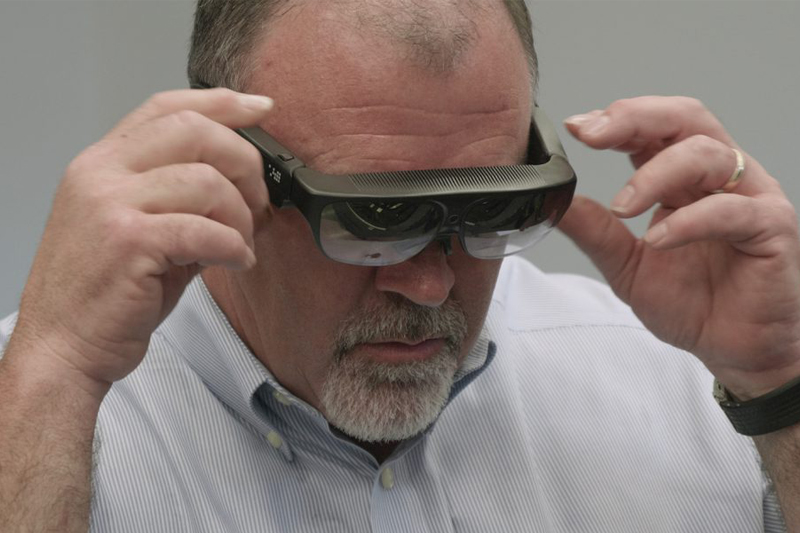
Don’t write this off as a blue-sky pipe dream never to happen. Right now, I can buy a VR HeadSet for my iPhone online for £12. With a company like Mercedes-Benz having proved the value of simulation for technical training, it’s only a matter of time before it becomes an important part of the training process for the next-generation of automotive technicians.
In fact, companies operating in the automobile service and repair space are already at it. Porsche USA recently extended a form of augmented reality technology into their workshops, supplying technicians with AR glasses that help mechanics solve problems that arise as they work. The idea is that service technicians can connect to a specialist at the company’s headquarters and be talked through a difficult repair job. The technician can use their headset’s in- built camera to stream a live video of the problem back to HQ, so the remote support worker can upload correct procedure info into the technician’s AR field of vision. The technology – called Tech Look Live – also supports field technicians that are executing service and repairs on the road. Porsche recognises that the glasses – which cost £1,500 a piece – represent a sizeable investment, but they also believe the technology will become an important pillar of the automotive SMR industry, as it already has done in sectors where professionals need to receive information hands-free while working, such as on remote oil-wells and for doctors in surgery.
So again, don’t dismiss the futuristic element of this vision; instead, imagine how useful it will be for technicians in the aftermarket, as these systems soon become economically-viable and available at a small-business and consumer level.
The same applies for artificial intelligence. This tech has been slowly edging its way into our everyday, whether it’s in our iPhones (“Hey Siri, what’s on my calendar this morning?”) or in our Google Homes (“Hey Google, play my favourite song…”). Given these systems’ increasing popularity, it isn’t hard to believe that they’re also finding a lot of favour in workplaces across the world, and that aftermarket should be in prime position to take advantage.
Imagine the set-up in tomorrow’s workshop: you’ll be able to have your AI ‘smart assistant’ linked to a large screen next to you, summoning up critical job information hands-free as you work. When you combine that with the e-commerce opportunities made possible by online booking and scheduling platforms, which can all be managed by these ‘AI smart assistants’, the mode of doing business in tomorrow’s workshop will be far more streamlined, data-rich, and ultimately productive.
And frankly, all this can only mean one thing: if seized in its totality by enthusiastic minds, emerging technology can have a hugely-positive effect on how conservative industries do business. It’s just a question of watching the trends emerge in the ‘fringes’, and being ready to act on them when they become relevant to your business. That kind of realistic, future-oriented thinking is a core requirement for all professionals with an eye for their own prosperity, and it’s an attitude the aftermarket should be embracing with great enthusiasm.


